I love seascapes. There's nothing like the feeling of water rushing past while the sun rises over the ocean. I've photographed seascapes a TON living on the Central Coast of Australia so here are a few shots & some tips that have helped me capture better seascape images.
1. Scout locations in low-tide
I used to rock up to a location for sunrise & capture haphazardly. This generally ended in disappointment when a high tide prevented me from even accessing a good spot. So one of the best things I've found is to go to a location early, preferably in low tide. Doing this will allow you to get an idea of an area & see how the water & waves interact with the environment. If you don't want to bring your camera when scouting use your phone to help create a database of compositions ready for that sunrise or sunset shot.
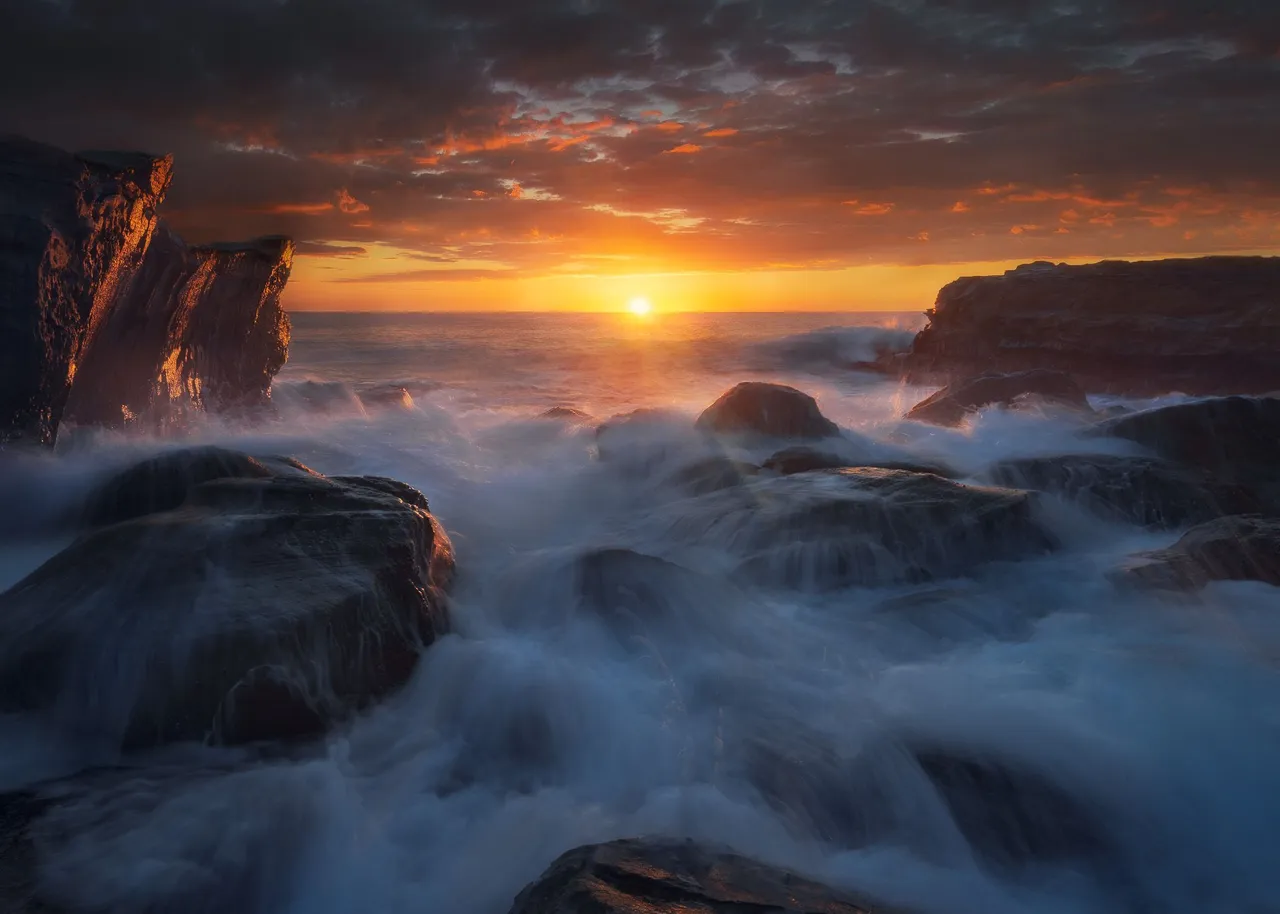 - ISO 125 25mm f/18 1/5sec
- ISO 125 25mm f/18 1/5sec
2. Capture images with a shutter speed under 1sec
Capturing seascapes with a shutter speed under 1 second (my personal fav is around 1/6 sec) gives a nice amount of detail & movement without being too blurry.
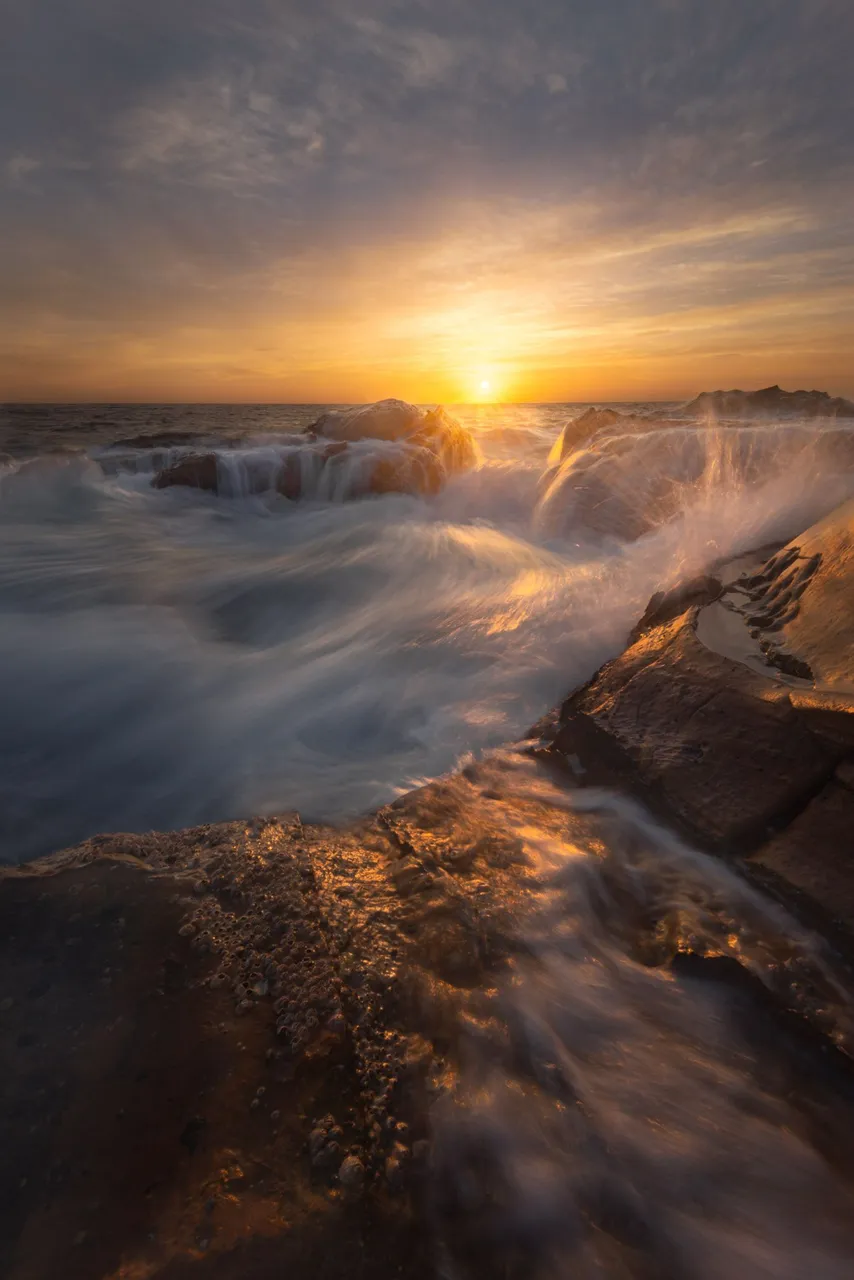 - ISO 80, 16mm, f22 1/4sec
- ISO 80, 16mm, f22 1/4sec
3. Experiment capturing images handheld
You might be surprised that most of the seascape images I take are actually hand-held! I found I was able to get in & out of compositions easier which helps a lot, especially when the two things cameras hate are water & salt.
To do this time the wave or water movement, take a big breath in, brace & take the shot then breath out. Doing this will hold your body as steady as it can be.
*Note: I shoot with a Nikon d610 which has zero in-body stabilization
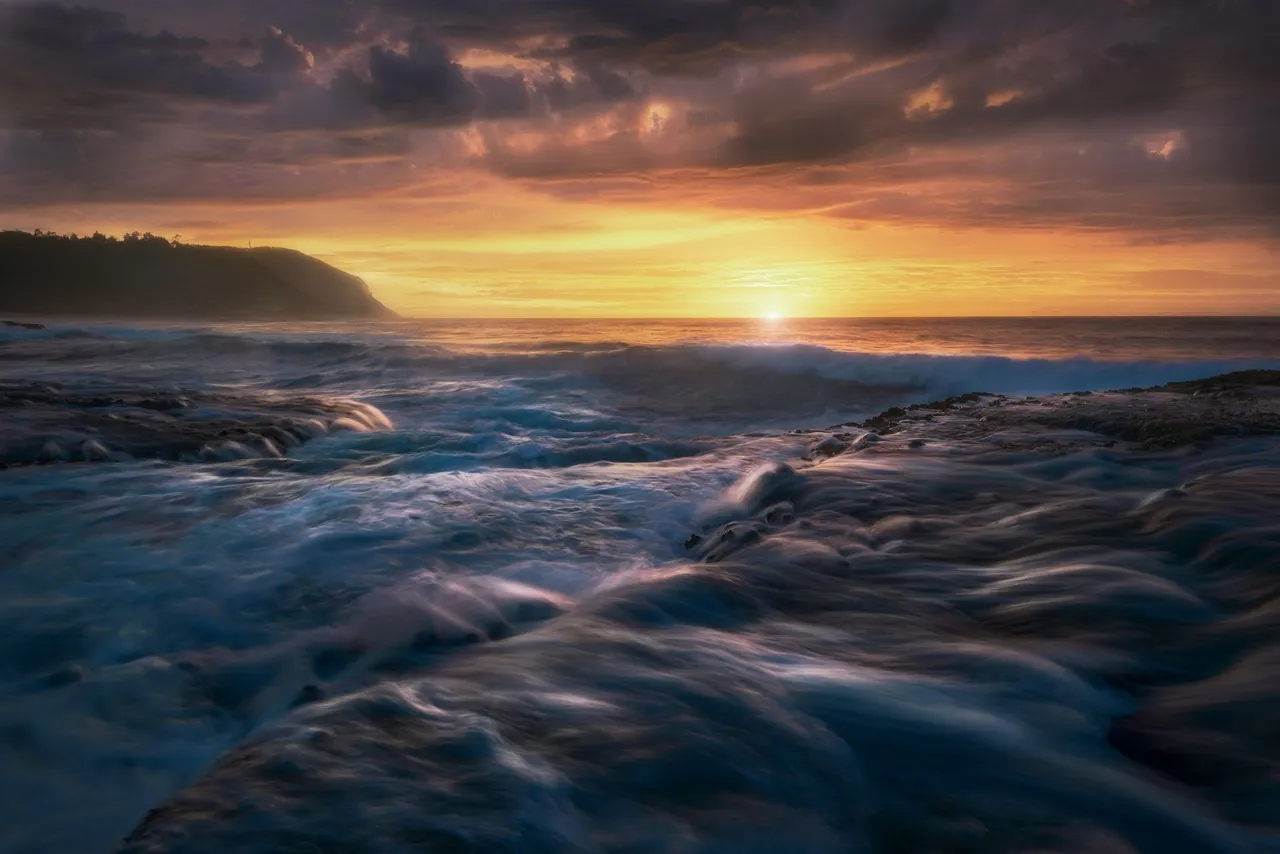 - ISO 160, 18mm, f13, 1/4sec
- ISO 160, 18mm, f13, 1/4sec
4. Prevent your lens from getting too wet.
Cameras don't like water & images can get ruined by blobs of the stuff landing on the front lens element. To stop this bring a small microfibre cloth or towel & cover your lens until you're sure you'll need it to capture an image. Also bring a handheld blower as well for when the inevitable happens & you do get water droplets - try your best to avoid using the microfibre directly onto the glass where possible because I've found it just creates smudges.
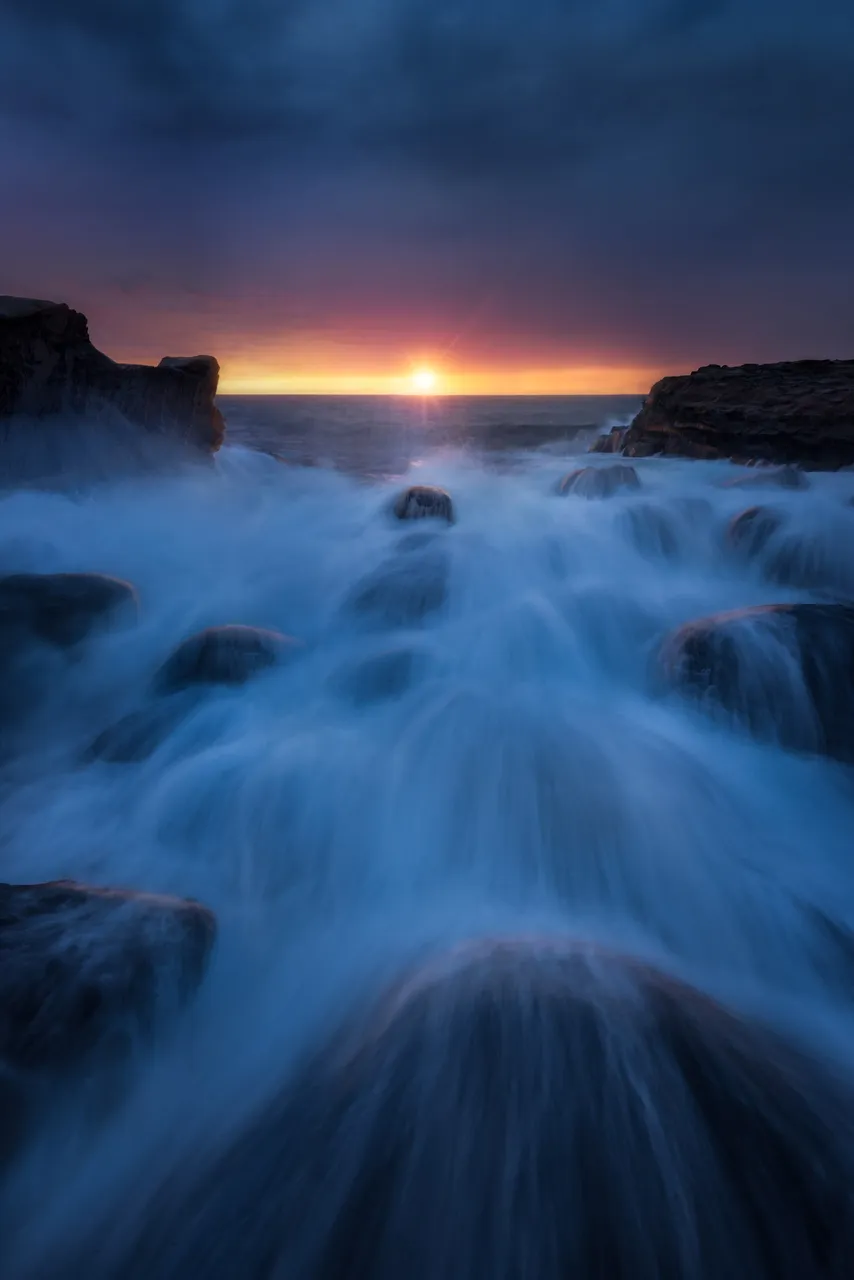 - ISO 250, f/18 at 1/6 sec
- ISO 250, f/18 at 1/6 sec
5. Always have a way to get out.
Rogue waves are a thing you don't want to have to deal with especially with a camera. I've seen a few rock fishermen fall over the edge into the water (with lifevests thank goodness) due to a crazy wave & have been hit by a few myself (camera survived, as did I). ALWAYS have a get-out plan & a path memorized to get away as quickly as you can if a wave hits.
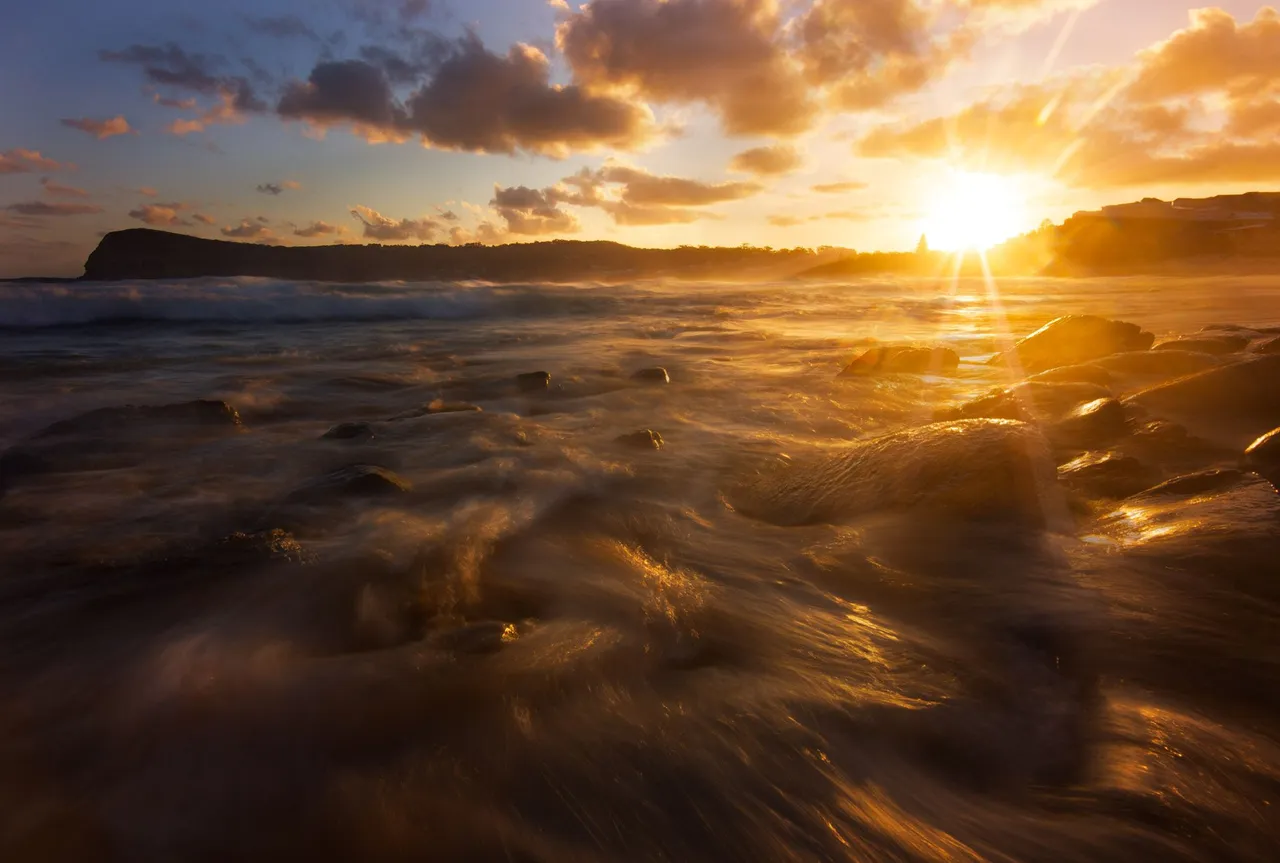 - ISO 400, 16mm, f13 1/6sec
- ISO 400, 16mm, f13 1/6sec
I hope these tips helped & happy seascape shooting! 🌊🌊
Tips were originally part of a video on my Youtube Channel
Other places to find me:
- Website: www.dalegphoto.com
- Twitter: www.twitter.com/dalegphoto
- IG: www.instagram.com/dalegphoto